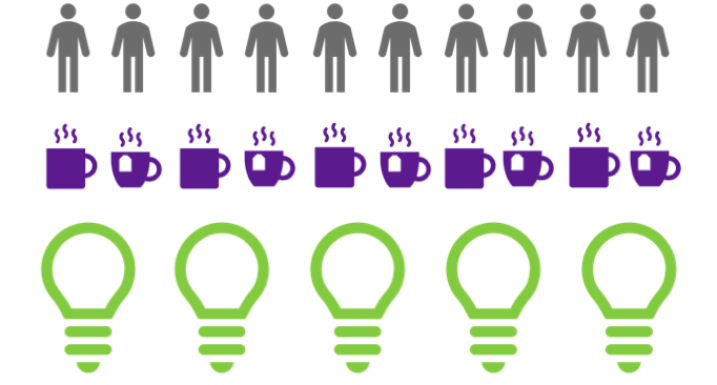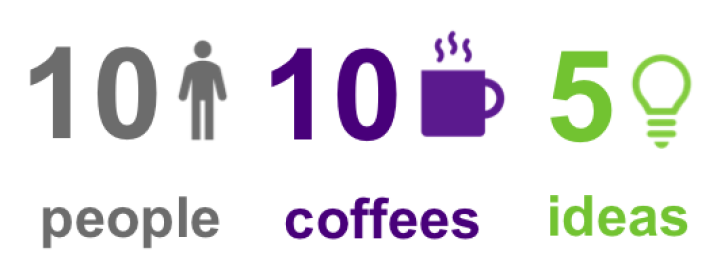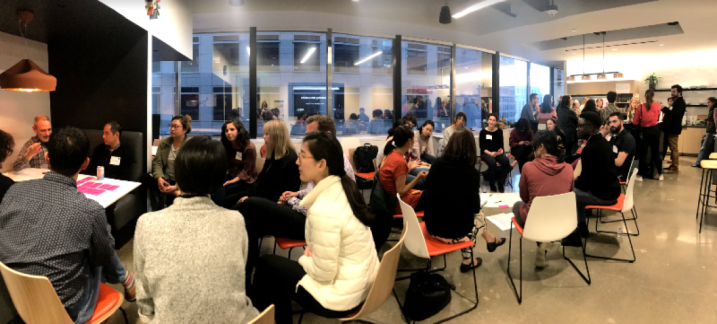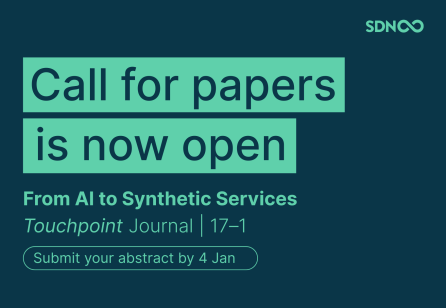Since our start over four years ago, the San Francisco chapter of SDN has garnered a community of 1,000 wonderful people who practice, evangelize, or are curious about service design. Our chapter leadership often debates how we might best cultivate and contribute to our community as a professional network.
In spring 2018, we held a co-creation event with a few dozen members to explore potential directions for the Network. There, we learned how diverse our membership was -- in terms of their sectors, levels of expertise, and interests. We attempted to create strawman community personas, but realized we didn’t have the information to build them with any useful fidelity.
It was a reality check: We needed to take a page from service design 101 and dive head first into some community research.
So from fall 2018 through winter 2019, I spent my free time splicing and dicing SDN-SF’s community databases, our newsletter listserv, and LinkedIN group to ask a representative cross-section of SDNers on friend dates.
Between coffees, teas, sunny strolls around Lake Merritt, and video chats, I met some fabulous and thoughtful people who are helping inform where we take the San Francisco Chapter of SDN moving forward.
From ten friend dates arose five key themes on how we can support the community better.
Many thanks to the these SDNers for sharing their time and intellect with me: Dan Shilov, Grace Lee, Gretchen Kish, Janet Covey, Mark Byrne, Meredith Lorch, Priyanka Marawar, Ricardo Marquez, Shasta Garcia, and Vinita Israni.










Share your thoughts
0 RepliesPlease login to comment